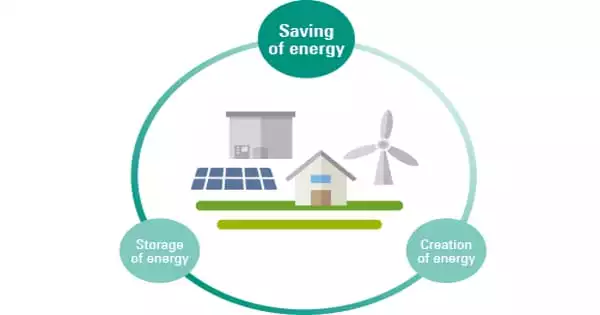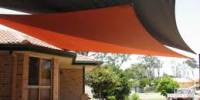Electricity is easily produced, transported, and transformed. However, it has not been possible to store it in a practical, easy, and cost-effective manner until now. This means that electricity must be generated continuously in response to demand, and as a result, renewable energies require supporting storage systems for integration, to avoid drops in clean energy during supply troughs, and to improve the electrical grid’s efficiency and security.
According to an analysis conducted by researchers at the U.S. Department of Energy’s (DOE’s) National Renewable Energy Laboratory, incorporating energy efficiency measures can reduce the amount of storage required to power the nation’s buildings entirely with renewable energy (NREL). As more communities plan to transition to 100 percent renewable energy, the researchers propose a strategy that could help them get there: moving away from long-duration storage.
“Minimizing long-duration storage is a critical component in attempting to achieve the target cost-effectively,” said Sammy Houssainy, co-author with William Livingood of a new paper outlining a path to 100 percent renewables. The study, “Optimal Strategies for a Cost-Effective and Reliable 100% Renewable Electrical Grid,” was published in the Journal of Renewable and Sustainable Energy.
Minimizing long-duration storage is a critical component in attempting to achieve the target cost-effectively. This process is applicable to both large and small cities.
Sammy Houssainy
The researchers considered solar and wind as renewable energy sources because most plans for meeting the 100 percent target include them. They also used the Department of Energy’s EnergyPlus and OpenStudio building energy modeling tools to simulate energy demand while taking building size, age, and occupancy type into account. Data from the United States Energy Information Administration informed the scientists about the existing building stock’s characteristics and energy load.
Furthermore, the researchers divided the country into five climate zones, ranging from hot and humid (Tampa, Florida) to very cold (Washington, DC) (International Falls, Minnesota). The cities of New York, El Paso, and Denver were included in the other zones. Knowing the extremes of heating and cooling demands in each zone allowed the researchers to choose the best mix of renewable energy sources to minimize storage requirements.
While different definitions exist in the literature, the researchers define long-duration storage for the purposes of this study as energy storage systems that meet electricity demands for more than 48 hours. Long-duration energy storage, as a result, provides power days or months after the electricity is generated. However, most long-term storage technologies are either in their infancy or are not widely available. The two NREL researchers calculated that achieving the remaining 75 to 100 percent renewable energy would result in significant increases in the costs associated with long-duration energy storage.

Instead of emphasizing storage, the researchers emphasized the optimal mix of renewable resources, excess generation capacity, and energy efficiency investments. The researchers acknowledge that there are multiple pathways to becoming 100 percent renewable and that as the costs and performance of technologies change, new pathways will emerge, but they identified a key pathway that is currently achievable.
They also discovered that increasing renewable capacity by a factor of 1.4 to 3.2 and aiming for 52 percent to 68 percent energy savings through building energy-efficiency measures leads to cost-effective paths depending on the region of the country. Making homes and offices more energy efficient, according to Houssainy, reduces the amount of renewable resources required, decreases the amount of storage required, and lowers transmission costs, ultimately supporting the implementation of a carbon-free energy system.
“What’s in the paper is a multistep process to follow,” Livingood explained. “This process is applicable to both large and small cities. Now, the end result will vary from city to city as this multistep process is followed to achieve the target at the lowest possible cost.”
The researchers calculated that Tampa would generate all of its electricity from solar panels, while International Falls would receive all of its electricity from wind turbines, in order to have the least reliance on storage.
In a world transitioning from fossil fuels to renewable sources such as wind and solar energy, improved electrical energy storage is critical to support these technologies, ensuring that electrical grids can be balanced and that every green megawatt generated is maximized.
Electricity cannot be stored in its pure form, so it must be converted into another type of energy, such as mechanical or chemical energy. Storage systems can add value at any point in the supply chain. Energy storage systems are classified based on their capacity as follows: large-scale storage, which is used in places where GW scale is required; storage in the grid and in power generation assets, which uses the MW scale; and storage at the end-user level, which applies to the residential level and works with kW.
“It is not intended to replace the need for site-specific, detailed engineering design and planning processes for buildings, the electric grid, and energy infrastructure,” Livingood explained, “but we believe that our novel calculation methodology yields overarching concepts and conclusions that are broadly relevant and applicable.” Our newly developed calculation methodology provides general principles that help guide these detailed engineering design and planning practices for cost-effectively achieving 100 percent renewable scenarios “cessation.”
















